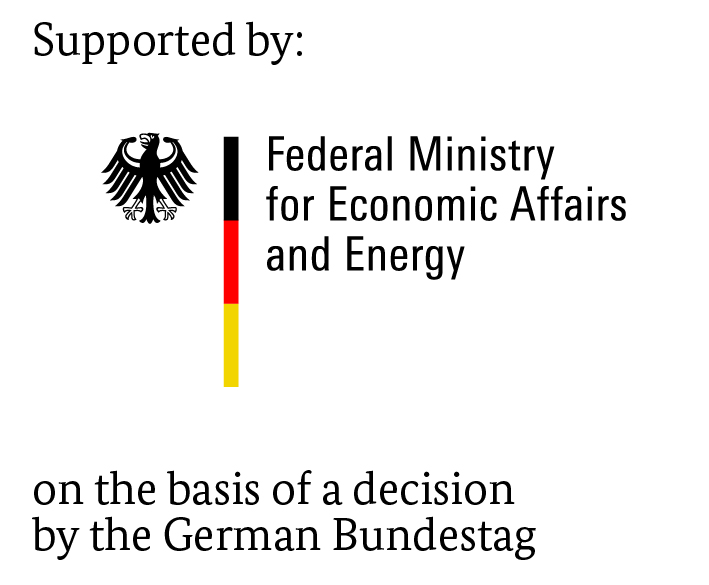Deposits during mixture preparation are technically controllable

Test der Langzeitstabilität von Heizöl im Wärmeschrank. Foto: OWI
11. September 2018 – Liquid fuels can behave very differently during evaporation in technical systems such as diesel engines or heaters. Evaporation is a process in which the liquid fuel is converted into a fuel gas. If fuel drops wet hot, metallic surfaces, deposits (coking) can form, but these are generally harmless. In a joint research project, the OWI Oel-Waerme-Institut and the Chair of Analytical Chemistry at the University of Rostock have investigated the conditions under which the extent of the deposits varies and, in rare cases, accumulate and can lead to malfunctions. The researchers also investigated the still unresolved question of which ingredients in pure heating oil are responsible for deposits.
Two test rigs were developed at the OWI to investigate the coking tendency of technical mixture preparation systems (porous medium and swirl pressure atomizers). It was found that heating oil with biogenic proportions of 10 and 20 % fatty acid methyl ester (FAME) has a significantly higher tendency to deposit formation than pure heating oil and heating oil with a proportion of 10 % hydrogenated vegetable oil (HVO). In aged heating oil-FAME blends, it was very clear that aged fuels tend to form deposits. By adding an additive to the bio fuel oil, the deposits were significantly reduced, but could not be completely avoided. Another research focus was the regeneration of coked metallic surfaces. Here it was shown that the deposits formed in the experiments with pure heating oil and heating oil with 10 % hydrogenated vegetable oil could be broken down within a few minutes by a thermal treatment at approx. 300 °C. The deposits were removed in a few minutes. With bio fuel oil mixtures higher temperatures of 450 to 500 °C led to the same result. The results for the deposits and their regeneration were shown equally in both test rigs and are therefore independent of the type of mixture preparation system.
The question as to why apparently identical pure fuel oils can tend to form deposits that differ greatly, even on the basis of the requirement standard, could not be conclusively answered. However, detailed analytical investigations of the chemical-physical properties of a non-critical and a critical fuel oil revealed indications that small but measurable differences between aromatic compounds and long-chain alkanes could play a role in the two fuels. Remnants of these compounds were also found in the investigated deposits. These compounds are already present in crude oil and are apparently not completely removed from the mineral oil products by processing in refineries. In a follow-up project, possible correlations will be investigated in more detail.
 The IGF project 18675 N of the “German Society for Petroleum and Coal Science and Technology – DGMK”, Überseering 40, 22297 Hamburg is funded through the AiF as part of the program for promoting joint industrial research (IGF) by the german federal ministry of economics and energy based on a German Federal Parliament resolution.
The IGF project 18675 N of the “German Society for Petroleum and Coal Science and Technology – DGMK”, Überseering 40, 22297 Hamburg is funded through the AiF as part of the program for promoting joint industrial research (IGF) by the german federal ministry of economics and energy based on a German Federal Parliament resolution.





